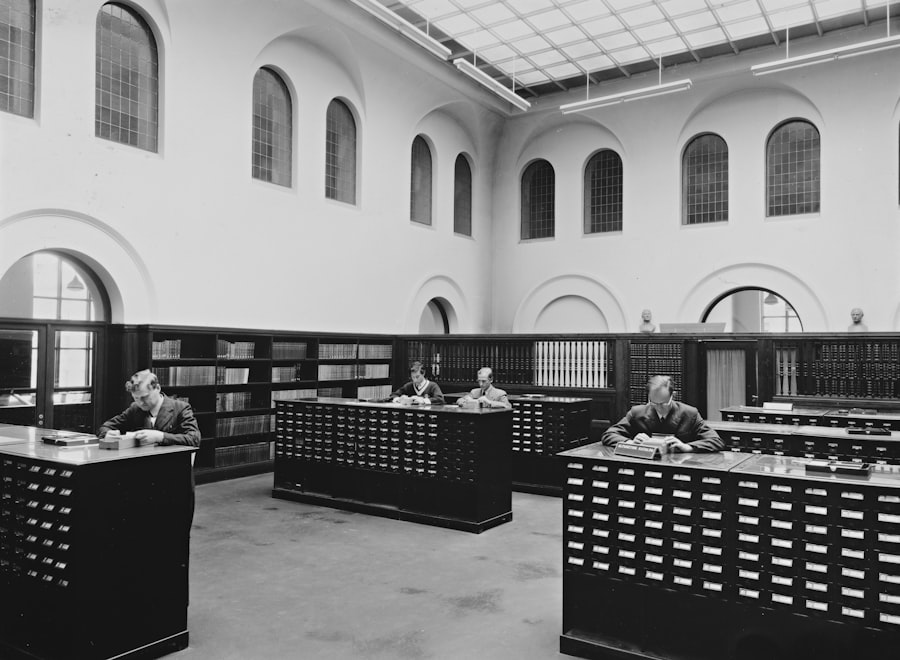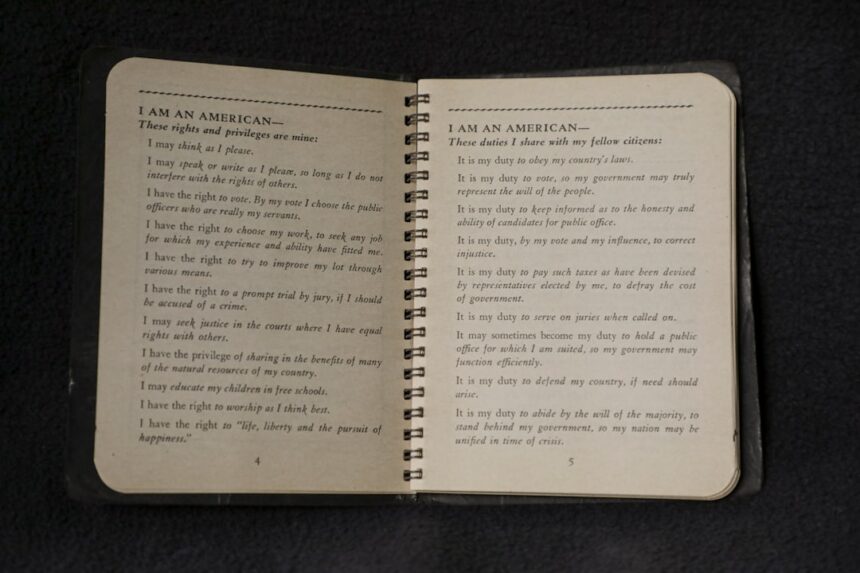The Secret Trial of 1942 stands as a haunting chapter in Canadian history, emblematic of the tensions and fears that gripped the nation during World War
This clandestine legal proceeding, shrouded in secrecy and controversy, involved the internment of Japanese Canadians, who were unjustly accused of being potential threats to national security. The trial not only highlighted the pervasive racism and xenophobia of the time but also raised critical questions about civil liberties and the rule of law in a democratic society. As the nation grappled with the realities of war, the actions taken against Japanese Canadians would leave a lasting legacy, prompting future generations to reflect on the importance of justice and human rights.
The events surrounding the Secret Trial were not isolated incidents but rather part of a broader narrative that unfolded during a tumultuous period in global history. The war created an atmosphere of paranoia and suspicion, leading to drastic measures that often disregarded individual rights. The trial itself was emblematic of a government willing to sacrifice the principles of justice in the name of national security.
As the story unfolds, it becomes clear that the implications of this trial extended far beyond its immediate context, influencing public perception and policy for decades to come.
Key Takeaways
- The Secret Trial of 1942 was a significant event in Canadian history that had a lasting impact on Japanese Canadian communities.
- World War II created a context of fear and suspicion, leading to the internment of Japanese Canadians and the creation of the secret trial.
- The secret trial resulted in the unjust imprisonment of Japanese Canadians, with little to no evidence presented against them.
- The aftermath of the secret trial left a deep scar on Japanese Canadian communities, leading to long-lasting effects on their social and economic well-being.
- Uncovering the secret trial and seeking reconciliation and apology has been an important step in acknowledging and addressing the injustices of the past.
The Context of World War II

World War II was a cataclysmic event that reshaped nations and societies across the globe. Beginning in 1939, the conflict saw countries align themselves into two opposing factions: the Allies and the Axis powers. As the war escalated, fear and uncertainty permeated everyday life, particularly in countries like Canada, which found itself grappling with its identity and role on the world stage.
The attack on Pearl Harbor in December 1941 intensified these fears, leading to heightened scrutiny of individuals perceived as potential enemies within Canadian borders. In this charged atmosphere, Japanese Canadians became targets of suspicion. Despite their long-standing contributions to Canadian society, they were often viewed through a lens of prejudice and fear.
The government’s response to these sentiments was swift and severe, culminating in policies that would lead to widespread internment. The context of World War II thus served as a backdrop for the injustices that would unfold, as national security concerns overshadowed fundamental human rights.
The Internment of Japanese Canadians
| Year | Number of Japanese Canadians Interned | Duration of Internment |
|---|---|---|
| 1942 | 22,000 | 4 years |
| 1943 | 21,000 | 3 years |
| 1944 | 20,000 | 2 years |
| 1945 | 19,000 | 1 year |
The internment of Japanese Canadians was a direct consequence of wartime hysteria and racial discrimination. Following the attack on Pearl Harbor, the Canadian government implemented measures that led to the forced relocation and internment of approximately 22,000 Japanese Canadians, many of whom were Canadian citizens by birth. Families were uprooted from their homes, businesses were abandoned, and communities were shattered as individuals were sent to internment camps across the country.
The conditions within these camps were often harsh and dehumanizing. Families lived in cramped quarters with inadequate facilities, stripped of their possessions and dignity. The internment was not merely a physical displacement; it represented a profound violation of civil liberties based on unfounded fears rather than any substantiated evidence of wrongdoing.
This dark chapter in Canadian history serves as a stark reminder of how easily fear can lead to injustice when societal values are compromised.
The Creation of the Secret Trial
In response to growing anxieties about national security, the Canadian government established a framework for conducting secret trials during World War
The Secret Trial of 1942 was one such instance where this framework was put into action. It was characterized by its lack of public oversight and transparency, raising significant ethical concerns about due process. The decision to conduct trials in secrecy not only undermined the principles of justice but also fostered an environment where fear and misinformation could thrive unchecked.
As a result, the trial became a symbol of governmental overreach during a time when civil liberties were already under siege.
The Accused and the Charges

The individuals accused during the Secret Trial were primarily Japanese Canadians who had been labeled as potential threats due to their ethnicity rather than any concrete evidence of wrongdoing. Among them was a prominent figure named Tetsu Nakamura, who was charged with conspiracy to commit acts against national security. The charges against him and others were vague and often based on hearsay or unfounded suspicions rather than tangible proof.
The lack of clarity surrounding the charges further exacerbated the injustice faced by those accused. Many individuals found themselves trapped in a legal quagmire where they were unable to defend themselves adequately against allegations that were never fully disclosed. This situation highlighted not only the failings of the judicial system but also the broader societal prejudices that allowed such injustices to occur without significant pushback from the public or legal community.
The Secret Trial Proceedings
The proceedings of the Secret Trial were marked by an absence of fundamental legal protections typically afforded to defendants in a democratic society. The trial was conducted behind closed doors, with limited access for legal representation and no opportunity for public scrutiny. This lack of transparency raised serious questions about the integrity of the judicial process and whether justice could truly be served under such conditions.
As testimonies were presented in secret, many observers noted that the trial seemed more like a political maneuver than a legitimate legal proceeding. The absence of evidence and reliance on circumstantial claims created an atmosphere where guilt was presumed rather than proven. This approach not only undermined the accused’s right to a fair trial but also set a dangerous precedent for how governments could operate during times of crisis, prioritizing expediency over justice.
The Aftermath of the Secret Trial
The aftermath of the Secret Trial left deep scars on both the individuals involved and the broader Japanese Canadian community. Many who were accused faced lasting repercussions, including social stigma and economic hardship resulting from their unjust treatment. The trial’s conclusion did little to restore faith in the legal system or heal the wounds inflicted by years of discrimination and internment.
In addition to personal consequences, the Secret Trial contributed to a broader societal reckoning regarding civil liberties in Canada. As awareness grew about the injustices faced by Japanese Canadians during this period, calls for accountability and reform began to emerge. The trial served as a catalyst for discussions about human rights and the need for safeguards against government overreach in times of crisis.
The Impact on Japanese Canadian Communities
The impact of the Secret Trial and subsequent internment policies reverberated throughout Japanese Canadian communities for generations. Families were torn apart, businesses were lost, and cultural ties weakened as individuals struggled to rebuild their lives after being released from internment camps. The trauma experienced during this period left an indelible mark on community identity, shaping narratives around resilience and resistance in the face of adversity.
Moreover, the legacy of these events continues to influence contemporary discussions about race relations and social justice in Canada. The experiences of Japanese Canadians during World War II serve as a cautionary tale about the dangers of allowing fear and prejudice to dictate policy decisions. As communities work towards healing and reconciliation, they draw upon these historical lessons to advocate for greater understanding and inclusivity in society.
Uncovering the Secret Trial
In recent years, efforts have been made to uncover the truth surrounding the Secret Trial and its implications for justice in Canada.
Through research, public education campaigns, and community engagement initiatives, there has been a concerted effort to bring awareness to this dark chapter in Canadian history.
The process of uncovering the Secret Trial has also involved revisiting archival materials and testimonies from those directly affected by these events. By amplifying voices that have long been marginalized or silenced, advocates seek to create a more comprehensive understanding of how systemic racism can manifest within legal frameworks. This ongoing work is crucial not only for acknowledging past injustices but also for fostering dialogue about how similar patterns can be prevented in contemporary society.
Reconciliation and Apology
In light of these historical injustices, calls for reconciliation have gained momentum within Canadian society. In 1988, the Canadian government formally apologized for its treatment of Japanese Canadians during World War II, acknowledging that their internment was unjustified and rooted in racial prejudice. This apology marked a significant step towards healing but also underscored the need for ongoing efforts to address systemic discrimination.
Reconciliation efforts have included initiatives aimed at educating future generations about this history while promoting dialogue around race relations in Canada today. Community organizations have played an essential role in fostering understanding between diverse groups, emphasizing shared values while acknowledging past wrongs. Through these efforts, there is hope for building a more inclusive society that recognizes and respects the rights of all individuals.
Remembering the Secret Trial of 1942
Remembering the Secret Trial of 1942 is vital not only for honoring those who suffered injustices but also for ensuring that such events are never repeated. Commemorative events, educational programs, and public discussions serve as reminders of this dark chapter in Canadian history while fostering awareness about ongoing issues related to discrimination and civil liberties. As society reflects on these events, it becomes increasingly clear that remembrance is intertwined with action.
By acknowledging past wrongs and advocating for justice today, individuals can contribute to building a future where all members of society are treated with dignity and respect—regardless of their background or ethnicity. In doing so, they honor those who endured hardship during this tumultuous time while working towards a more equitable world for generations to come.
The secret trial of 1942, a pivotal yet often overlooked event during World War II, involved the prosecution of several individuals accused of espionage and treason. This clandestine trial highlighted the intense atmosphere of suspicion and the measures taken by governments to safeguard national security during wartime.




